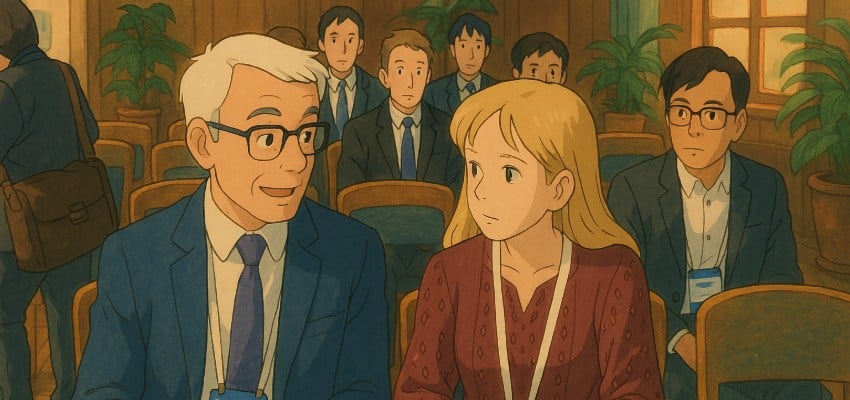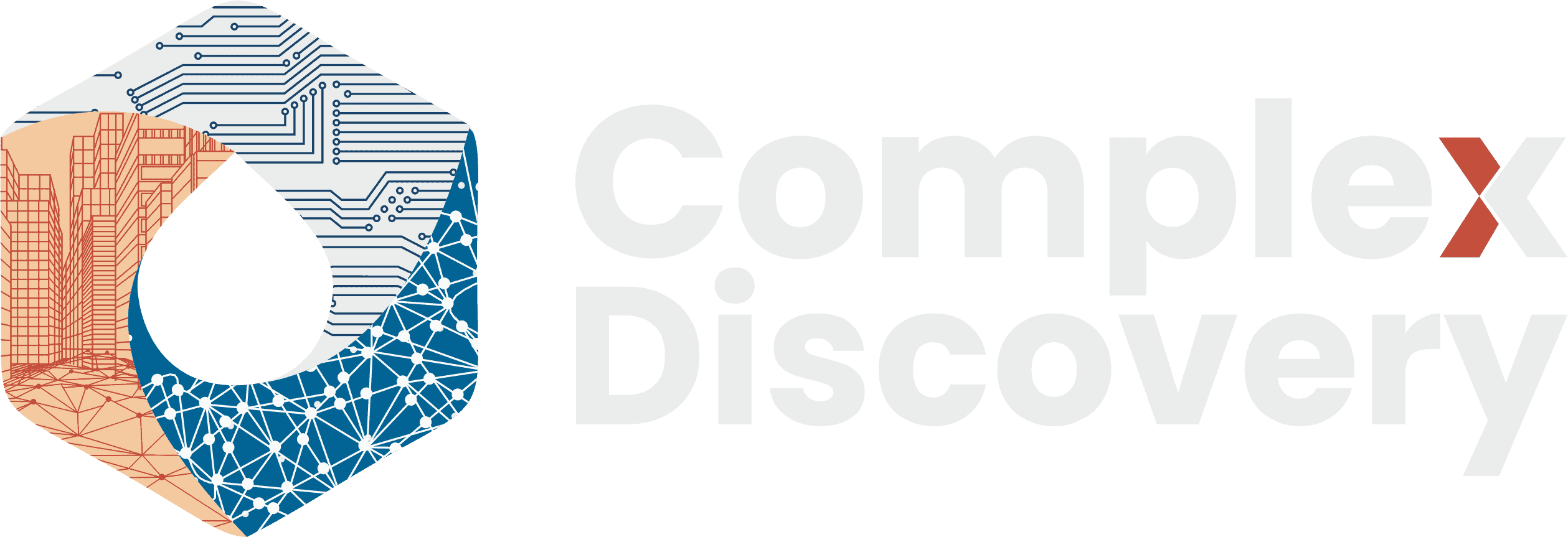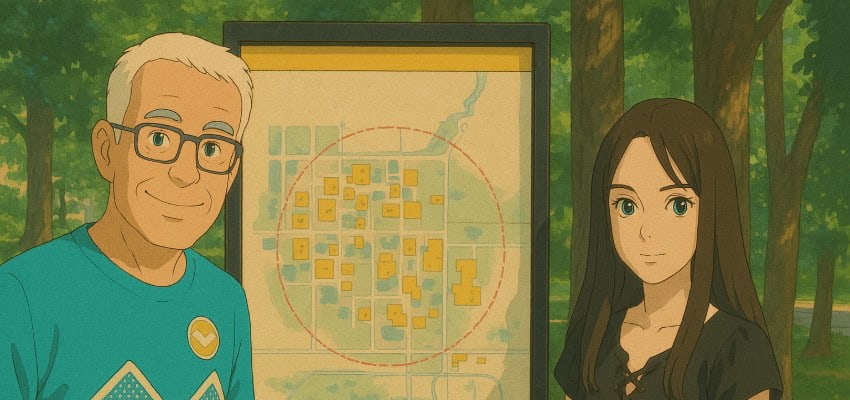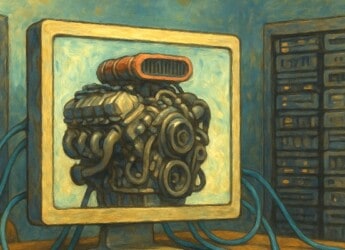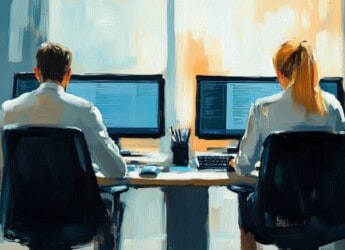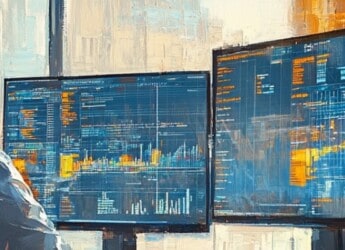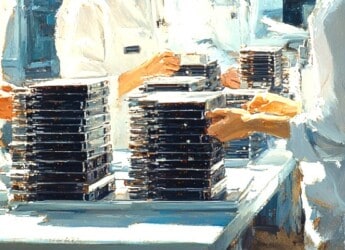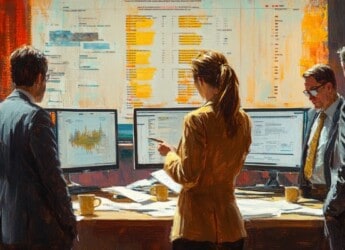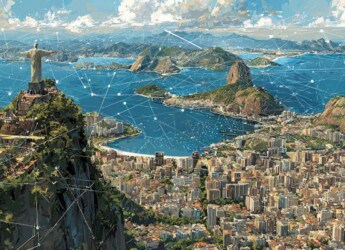Editor’s Note: OpenAI’s release of the “Ghiblifying” feature in its GPT-4o model brings fresh urgency to legal and ethical debates at the intersection of AI, copyright, and creative integrity. By allowing users to render images in a style evocative of Studio Ghibli, this viral tool challenges traditional definitions of originality, raises questions about training data transparency, and tests the limits of fair use in generative AI. For professionals navigating the legal and regulatory contours of emerging technologies, this case underscores the importance of defining where inspiration ends—and infringement begins.
Content Assessment: When AI Imitates Art: Legal and Ethical Impacts of OpenAI’s “Ghiblifying” Feature
Information - 93%
Insight - 92%
Relevance - 92%
Objectivity - 90%
Authority - 90%
91%
Excellent
A short percentage-based assessment of the qualitative benefit expressed as a percentage of positive reception of the recent article from ComplexDiscovery OÜ titled, "When AI Imitates Art: Legal and Ethical Impacts of OpenAI’s “Ghiblifying” Feature."
Industry News – Artificial Intelligence Beat
When AI Imitates Art: Legal and Ethical Impacts of OpenAI’s “Ghiblifying” Feature
ComplexDiscovery Staff
OpenAI’s latest feature within its ChatGPT framework, referred to as “Ghiblifying,” has ignited widespread discussions about copyright implications in the realm of artificial intelligence. This feature, part of OpenAI’s GPT-4o model launched on March 25, 2025, enables users to transform images into a style reminiscent of Studio Ghibli’s iconic hand-drawn animation. While this has captivated millions of users, contributing to over 150 million active weekly users, according to Similarweb, it has also raised significant legal and ethical concerns.
Legal and Ethical Concerns
The central legal debate centers on whether AI-generated art that emulates Studio Ghibli’s distinctive animation style crosses into copyright infringement or remains within the bounds of permissible style imitation. Under current U.S. intellectual property law, protection is extended to specific creative expressions, not to artistic styles in the abstract. This means that unless an AI model directly reproduces protected elements of a copyrighted work, merely generating images in a similar stylistic vein may not constitute infringement.
However, legal action could potentially arise if it were proven that OpenAI used Studio Ghibli’s copyrighted content as part of its training data without permission. Establishing this would require demonstrable evidence that such material was directly included in the datasets used to train GPT-4o—something that remains unverified and difficult to substantiate in the absence of full dataset transparency.
The legal distinction between replicating an artistic style and reproducing specific copyrighted works remains a nuanced and unresolved area in the context of generative AI. This ambiguity complicates enforcement and raises concerns about how copyright principles apply when machine-generated outputs evoke, but do not copy, known artistic aesthetics.
Overlaying these legal questions is a significant ethical dimension. Studio Ghibli co-founder Hayao Miyazaki has historically voiced strong opposition to AI-generated art, criticizing the use of technology in ways he believes diminish the value of human creativity. Although his comments were made years before the current developments, they reflect persistent unease within the artistic community about the cultural implications of synthetic creativity and the potential erosion of traditional art forms.
OpenAI’s Policies and Public Response
OpenAI has implemented measures to address copyright concerns while allowing creative exploration. For example, GPT-4o permits users to generate images in broader studio styles like “watercolor anime” but blocks attempts to replicate specific copyrighted works or living artists’ styles. This policy aims to balance user creativity with respect for intellectual property rights. However, critics argue that even generalized style imitation could undermine the originality and labor-intensive nature of traditional animation.
The viral popularity of Ghibli-style images across social media platforms has added complexity to the conversation. Analytics from SensorTower indicated a notable surge in app downloads following the launch of the feature, underscoring both user enthusiasm and the intense demand placed on OpenAI’s infrastructure. OpenAI leadership acknowledged the strain on their systems in public communications, characterizing the response as overwhelming. In response to the high usage, the company implemented rate limits and additional measures to stabilize performance and maintain accessibility for users.
Copyright Law and AI-Generated Art
Under U.S. copyright law, AI-generated works are generally not eligible for copyright protection unless they involve significant human creativity. Recent rulings by the U.S. Copyright Office reaffirm that human authorship is a prerequisite for copyright eligibility. This creates a gray area for AI-generated art like Ghibli-style images: while the outputs themselves may lack copyright protection, their creation could still infringe on existing copyrights if unauthorized materials were used in training datasets.
Studio Ghibli would face substantial legal hurdles in pursuing litigation against OpenAI. To succeed, they would need to prove that their copyrighted works were directly used in training GPT-4o—a claim that remains unverified based on publicly available information. The broader principle of the “idea-expression dichotomy” in copyright law further complicates matters: while ideas or styles cannot be copyrighted, specific expressions of those ideas can be protected.
Additionally, Studio Ghibli’s position as a Japan-based entity introduces the possibility of recourse under Japanese copyright law, which—while similar in its protection of expressions over styles—grants stronger moral rights to creators. These include the right to preserve the integrity of a work, which may play a role in how such cases are interpreted internationally.
Transparency in Training Data
One of the major unresolved challenges in generative AI is the opacity of training datasets. OpenAI, like many AI developers, has not publicly disclosed the complete contents of its model training data. This lack of transparency makes it difficult for rights holders to determine whether their copyrighted works were used and for courts to evaluate infringement claims. Increasingly, experts and policymakers are calling for mandatory dataset audits or declarations to address this accountability gap.
Moreover, the “fair use” doctrine, which allows limited use of copyrighted material under specific conditions (such as for commentary or parody), is unlikely to apply favorably in a case of style replication, especially when the original works are not directly copied or transformed.
Ethical Implications and Industry Impact
Beyond legal considerations, the rise of AI-generated art raises profound ethical questions about authorship, originality, and artistic integrity. Critics argue that tools like GPT-4o risk devaluing traditional art forms by making them appear easily replicable. Artists fear displacement as studios may turn to AI for cost-effective alternatives. Proposals such as requiring explicit consent from artists or studios before replicating distinct styles have gained traction among advocates for ethical AI use.
On the other hand, proponents suggest that AI can serve as a collaborative tool rather than a replacement for human creativity. By automating repetitive tasks, AI could free artists to focus on more innovative aspects of their work.
Emerging Regulatory Perspectives
As global concern over AI ethics grows, lawmakers are beginning to respond. The European Union’s forthcoming AI Act includes provisions around transparency, risk classification, and rights holder notification. In the United States, recent congressional hearings have explored AI’s implications for intellectual property and fairness in creative labor markets. While no comprehensive U.S. legislation has been enacted yet, the regulatory momentum suggests that future rules may introduce clearer standards for how AI models handle copyrighted content.
Promise and Perils
OpenAI’s “Ghiblifying” feature exemplifies both the promise and perils of generative AI in creative industries. While it opens new avenues for artistic exploration, it also underscores the urgent need for clearer legal guidelines and ethical standards.
As debates over copyright infringement and artistic integrity continue, this case will likely influence how intellectual property laws adapt to emerging technologies. International copyright regimes, regulatory bodies, and tech developers will all play a role in defining where inspiration ends and infringement begins.
The evolving dialogue between innovation and tradition will shape not only the future of AI but also its role in preserving—and transforming—the essence of human creativity.
News Sources
- Ghibli effect: ChatGPT usage hits record after rollout of viral feature (Yahoo! Finance)
- The Ghibli effect: ChatGPT’s AI art craze drives record-breaking growth (Ctech)
- Studio Ghibli Has Few Legal Moves Against OpenAI ChatGPT Image Feature (Business Insider)
- OpenAI responds to criticism of ChatGPT’s Studio Ghibli-style images (Mashable)
- After Studio Ghibli AI Craze, Sam Altman Teases Powerful ‘Images V2’ Update (Live India)
Assisted by GAI and LLM Technologies
Additional Reading
- From Longbows To AI: Lessons In Embracing Technology
- Judges and AI: The Sedona Conference Publishes a Framework for Responsible Use
Source: ComplexDiscovery OÜ
